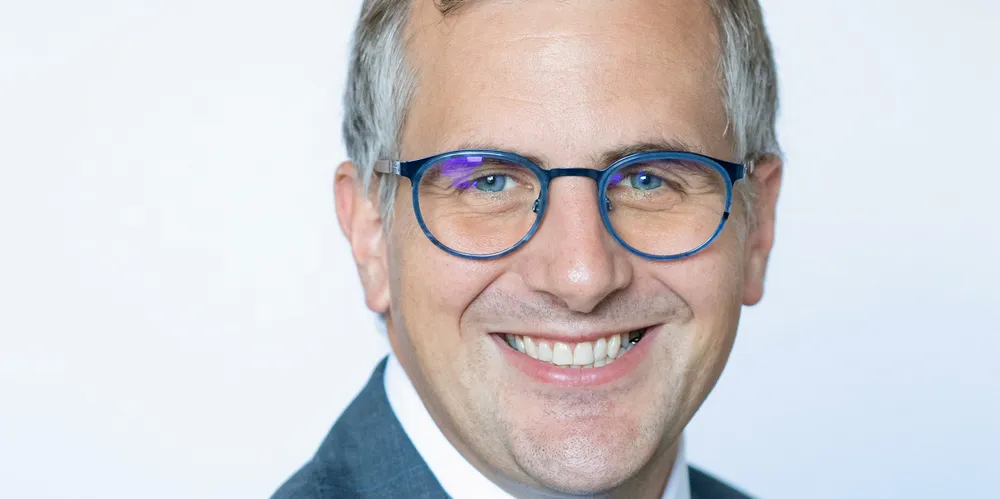'Grid access is hard all over the world – green hydrogen could help': TotalEnergies global offshore wind chief
INTERVIEW | Direct link with renewable H2 production could prove one way around a problem that risks slowing growth in wind at sea, the energy giant's vice president for the sector Olivier Terneaud tells Andrew Lee
